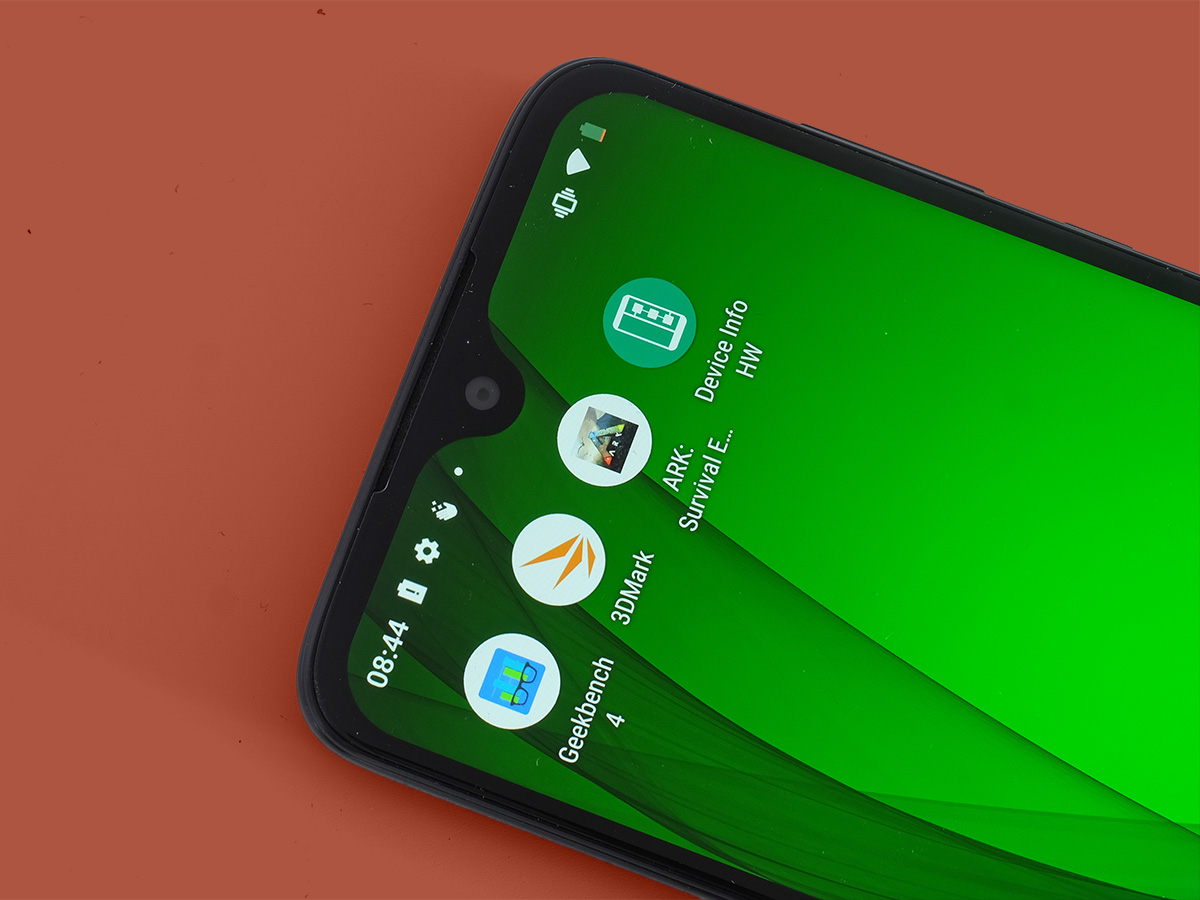Motorola Moto G7 review
Budget phone royalty gets an upgrade

Friends who ask you for recommendations rarely go with what you suggested. You say “watch Moonlight”, they watch Paul Blart: Mall Cop 2. Again.
We get this a lot, but with tech. However, the Moto G series is the one piece of advice they seem to follow, and they don’t end up regretting it. A Moto G is a no-brainer choice for those after an affordable phone.
The question isn’t whether the new Moto G7 is good. Of course is it. What’s new is the real point.
This time around you get a faster processor, and a larger screen with a teardrop notch. The Moto G7 may be more of the same, but that’s exactly what we wanted.
Design: Ahead of the Curve

Screen: Ripe for the Picking

Software: Gestures of Goodwill

Performance: Short of Gaming Greatness

Camera: Selfie Satisfied
The Moto G7 also has a slightly lower-end camera than the G7 Plus. You get a 12-megapixel Omnivision main sensor, and a 5-megapixel depth sensor.
There are a couple of modes that use this second camera, buried in the modes menu. Both are designed for portraits of people. One blurs the background, the other cuts out your subject for a studio-like look.
You can try shooting a background blur image of another object, but this shows quite how far Motorola is behind a company like Huawei in terms of the software brains behind the blur. The Moto G7 leaves un-blurred parts around your subject a lot and there are often hard borders between parts in the background that are blurred, and those that aren’t. Still, pick the right scene and you can get some dramatic-looking results.
Normal photos are a lot better. In daylight, shots look punchy and have rich but mostly natural-looking colour. Motorola’s software isn’t quite the best at ramping up dynamic range to give you lively looking images even when the sun’s in the shot. But it does still make huge enhancements. You can actually see this happen if you skip to the gallery right after shooting. First the image will look dull apart from the bright bits. Wait a second or two for the processing to do its job and, wham, you suddenly have a completely usable image.
The Moto G7 also has a better lens than the G7 Power, with a wider f/1.8 aperture. Better low light performance is the headline boost it’s meant to bring. However, it also results in much less purple fringing in your shots, where tree branches can seem like they have purple outlines. And sharpness at the corners of the frame is better here too.
When the Moto G7 and G7 Power have the same sensor, this shows how much the lens quality matters.
Night image quality is better too. We’ve been spoilt recently by all the phones with "A" modes that let you take the equivalent of long exposure shots handheld. The Moto G7 doesn’t have this turbo-charged night shooting. It’s hard to get too excited about the low-light image quality here. But for the price it is still above average.
The phone’s 8-megapixel selfie camera is decent too. In daylight, you’ll see plenty of fine detail. And just like the rear camera, image quality often dramatically improves over what you see on the preview screen as this doesn’t reflect all the tricks the software plays. Ideally you want the camera app to show more-or-less what you’ll get. The Moto G7 doesn’t. But it’s the results that matter most.
Changing the screen’s colour mode also affects the saturation you’ll see in the photo gallery too. If you like your displays super-saturated the Moto G7’s images may look less lively than you thought when on your laptop or Instagram.
Still, selfie fiends should check out the G7 Plus. It has the same sensor the G7 uses for its main camera, but on the front, for better low-light selfies.
Battery Life: Frugal Fast Charging

MOTO G7 VERDICT

Stuff Says…
The competition has heated up, but we’ll still recommend the Moto G7 to many in 2019
Good Stuff
Smart, classy design
Big screen
Decent camera
Bad Stuff
Not the best at the price for gaming
Unusually chunky notch



